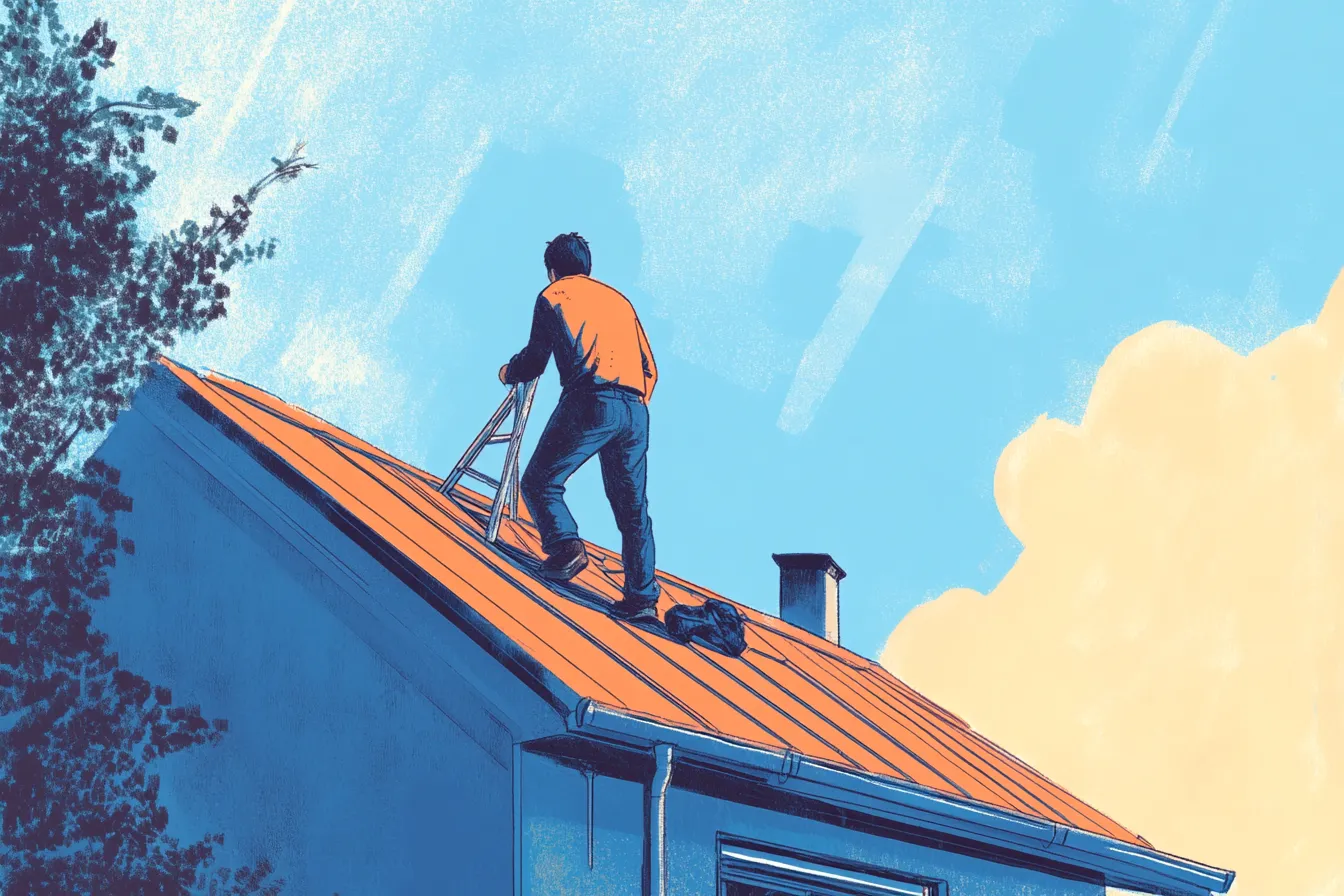Most people cannot do without water in their day to day lives, but it is one of the main causes of damage to homes once it penetrates into the buildings. Some of the areas that need special attention regarding water protection include the roof of your house. Roof waterproofing is one of those tasks that every owner must ensure to perform because it prevents water from infiltrating into the building, thus reducing the building’s lifetime. This article explains the significance of roof waterproofing and some realistic measures to attain it.
The reason why roof waterproofing is very important is enclosed here
Protection from Water Damage
Some of the chief objectives of roof waterproofing include protection from water damage to your property. When it rains, water can penetrate through the spaces in the roof, and this results in development of roof’s leaks hence the destruction of overall structural space, insulating and decorating interiors. If left alone, water intrusion results in expensive repairs and sometimes can weaken the structural stability of a building.
Extending the life expectancy of a roof
Roof waterproofing offers the significant benefit of extending the lifespan of the roof. Water is one of the most damaging elements for roofing materials, but by keeping it out, those materials are better protected and more durable. As a result, you’ll face fewer roof replacements and save money on costly roofing projects in the long run.
Measures to Avoid Formation of Mold and Mildew
Water that penetrates into your home constructed structure creates potential mould growth points. These fungi can therefore bring about some health complications in your family namely; allergies and respiratory problems. Some of these issues are prevented by waterproofing to the roof, and arresting further influx of the water into the structure while offering a suitable breeding ground for mold and mildew.
Maintaining Energy Efficiency
It also preserves the energy efficiency of your home because a good waterproofing of the roof is also a good insulating of the home. Water that finds its way through the roof and into your house gathers at places and is likely to affect the insulation. This results into high energy charges since your heater or cooler will need to put in extra effort to regulate the internal weather. Not giving your roof proper waterproofing can cause this problem and at the same time cost you a lot of money on energy bills.
Enhancing Curb Appeal
A good roof on your home and one that has been protected from water damage adds more beauty to the outlook of the home. This can be crucial if you intend never to sell your house in the future or if you want to renovate your building. Having a roof that is waterproof will look even better and will last longer, which adds its value and to your house, making it more interesting to prospective buyers.
Meeting Building Standards and Insurance Requirements
In some jurisdictions setting up the legal requirements for construction, the housing may need a waterproofed roof. This is particularly so, in the regions where heavy down pour, snow or hurricanes could occur as a natural event. Also, most home insurance companies may need the roof to be water proofed to ensure that they will compensate in the case of water damages. These are some of the recommended measures to complying with these requirements aims at guaranteeing a home against any mishap and to have adequate insurance cover.
Exploring Roof Waterproofing and Its Effective Methods: Today’s Focus in Our Academic Guide
Roof waterproofing can be done in a variety of methods based on the type of roofing one has and his or her specific needs for the house. Some of the most common methods include:
Applying Roof Coating
Roof coating is a liquid that is applied onto the roof surface with the aim of having a protective layer against water. This can be useful to waterproof a roof, and many varieties of coatings come in a range of colours that match your home. roof coatings can also be used roof designs of different types of roofs that include; Asphalt shingle roofs, Metal roofs, and Flat roofs.
Installing a Membrane
A roofing membrane is technically a thin, pliable layer of some type of material that is placed over a roof to shield it from water. Membranes may be constituted from different materials like rubber, bitumen and plastic. They are normally applied on flat roofs but can also be applied on roof with slopes.
Flashing
Flashing is usually a thin sheet of metal or any other material that is used where a roof meets a vertical surface, a roof vent, a chimney, etc. Flashing is installed to stop water from penetrating these regions or rather, entering your home. Flashing installation appears to be one of the critical aspects of the roof waterproofing process.
Maintaining Your Roof
It also helps to ensure that your roof remains waterproofed at all times as this is important in enhancing the durability of your roof. This includes checking your roof top for signs of damage, scouring for rebars in gutters and fixing any crack or hole. One has to deal with these issues before they develop, and you do not want water getting into your house.
Conclusion
Strange as it may seem, roof waterproofing—or even applying basic roof coatings—is a crucial step every homeowner should consider. These measures help prevent water seepage, protect against roof deterioration, and even enhance the aesthetic appeal of your property.
By choosing the right waterproofing method and maintaining your roof properly, you can ensure your home remains a safe and durable shelter for years to come. Discover effective roof waterproofing solutions tailored for your home at endaleak.com
